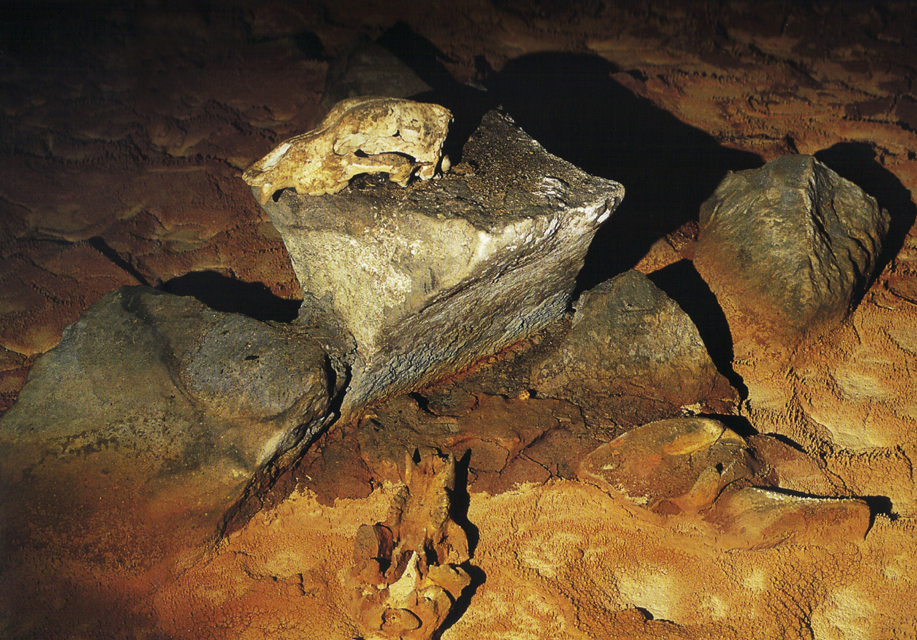


Rock Art Theories III
|
Rock art theories: a brief overview of the salient theories concerning Palaeolithic rock art in Europe and around the world.
Totemism
From the decorated caves of Upper Palaeolithic Europe to the pre-Columbian societies of north west America, animals were depicted in art to represent mythical ancestors, incorporating the origin myth.

The theory was proposed by the French archaeologist Annette Laming-Emperaire. After World War II (where she participated in the French Resistance) she studied archaeology and specialized in cave art; her doctoral thesis, under the supervision of Andre Leroi-Gourhan, 'La Signification de l'art rupestre palaeolithique' was published in 1962.
The totem, or spirit-being, is thought to interact with a given kin group, clan or an individual and to serve as their emblem or symbol. The term 'totem' is derived from the Native American Ojibwa word 'ototeman'.
Totemism employed a structuralist methodology; it involves compiling minutely detailed inventories and diagrams of the way that species are grouped on the cave walls; of their gender, frequency, and position; and of their relation to the signs and handprints that often appear close to them. According to this theory, in a decorated cave, the animals painted, drawn or engraved represent not only the origin myth but also the social organization over time.

Some believe that the cave bear played a special part of the Chauvet cave. Although depictions of the cave bear are few (there are 15 compared with 71 felines, 65 rhinoceroses, 66 mammoths, 40 horses, 31 bisons), there is a special example of human activity found in the Skull Chamber; in this space it is possible to see bear prints and bear bones on the floor and claw marks on the walls. The walls also hold engravings, paintings and hand prints. But in the very centre of this space there is a large rock, on top of which has been placed a bear skull. The skull, measuring 50 cms in length, would have been placed there either 32,000 to 30,000 or 27,000 to 26,000 years ago. It was not a random gesture.
The strength of the theory of totemism is that it proved that the images were no longer to be seen as simple representations with a simple meaning; symbolism was an essential ingredient.
Read more from the Chauvet section:
http://www.bradshawfoundation.com/chauvet/index.php
and link to 'Return to Chauvet Cave' by Jean Clottes:
http://www.bradshawfoundation.com/books/chauvet_cave.php
COMMENTS |
|











